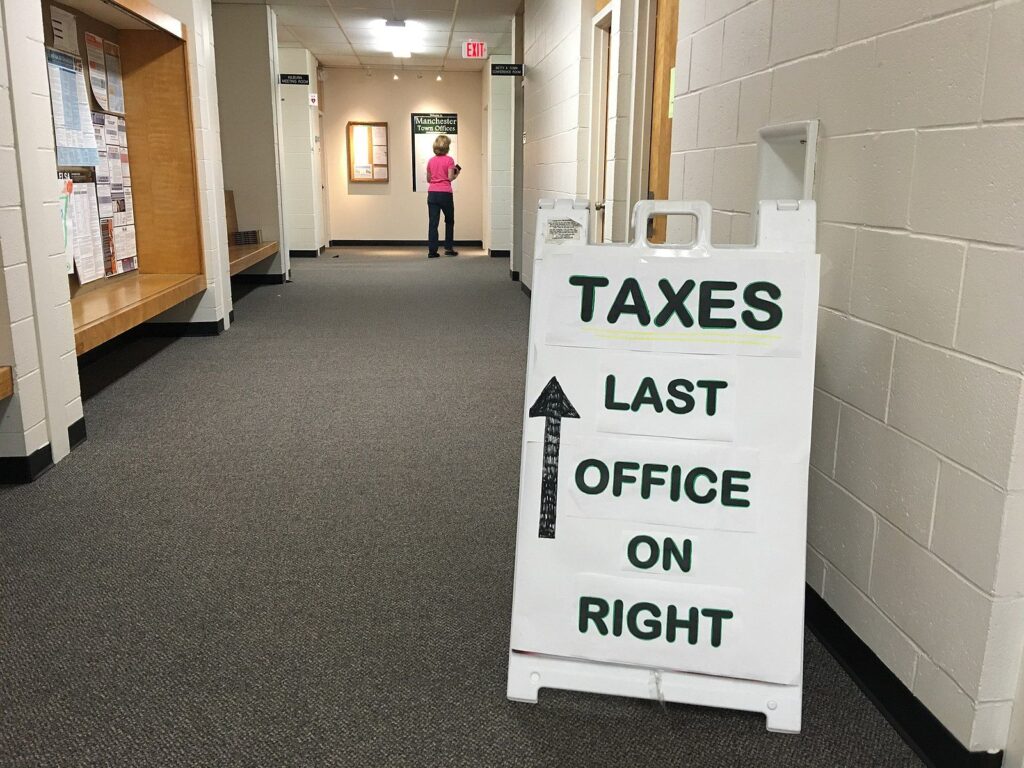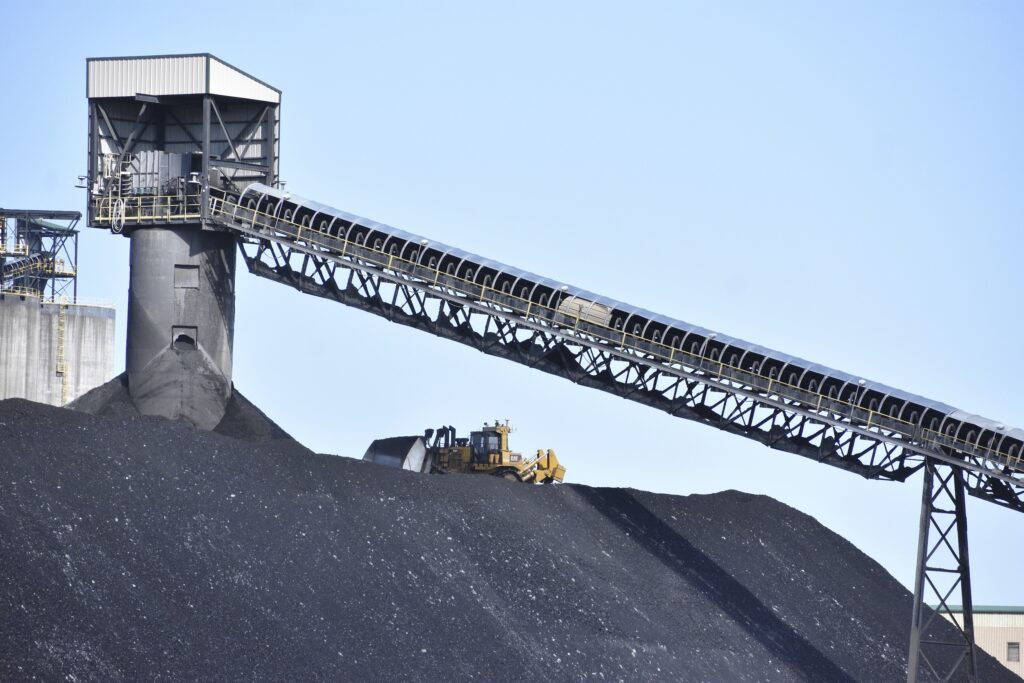Economy added 143,000 jobs in January: The key facts and figures
The headline:
The economy added 143,000 jobs in January, and the unemployment rate was 4%, the Bureau of Labor Statistics reported Friday.
Investors had expected roughly 169,000 new jobs and for the unemployment rate to hold steady at 4.1%.
The caveat
The two surveys that make up the monthly jobs report underwent major revisions with January’s update. The upshot is that the monthly payroll numbers, which are taken from the survey of establishments, have been revised going back to January 2020. They now show that job creation was significantly slower than thought, with total employment 610,000 jobs lower at the end of 2024 than previously estimated.
Figures from the household survey, including the unemployment rate, have also been updated, so they are no longer directly comparable to the previous months. The change was large — for example, the estimated population is 2.9 million people larger than previously listed, and the workforce is 2.1 million people larger.
What it means … for Trump
January’s jobs growth is welcome news for President Donald Trump, who is now the face of the economy. Trump hopes to continue and improve on the job growth notched under former President Joe Biden.
In the coming year, Democrats will expectedly seize on any weakness in the labor market and attempt to blame it on Trump. Conversely, Trump will tout employment gains as proof that his presidency has been a boon for the economy.
The interpretation
Dan North, a senior economist with Allianz Trade Americas, told the Washington Examiner that the report wasn’t blistering hot but was on “the warm side.”
“The unemployment rate crept down, and then the participation rate crept up,” he said. “You know, I kind of see those as both strong, and you had wages up pretty strong as well.”
What it means for … the Fed
The decent growth in jobs will likely persuade Federal Reserve officials that no major change in monetary policy is needed.
Following the report’s release on Friday, investors maintained their expectation that the central bank will likely cut its interest rate target in June.
After a long period of very high interest rates designed to quash inflation, the Fed began cutting short-term rates in September.
The underlying reality
January’s report suggests the labor market has momentum.
Trump took office with a resilient, although slowing, labor market.
It is helpful to look at the overall trend for the labor market. The three-month moving average of job gains rose in January to 237,000, well above the rate needed to keep up with population growth. The increase was due to large upward revisions for November and December.
Roughly 113,000 new payroll jobs are needed each month to keep unemployment from rising, according to the Federal Reserve Bank of Atlanta. Note, though, that a separate estimate that takes into account the full extent of recent immigration puts the number as high as 200,000.
Prime-age employment, relative to the overall population, is strong by historical standards.
Recession watch
The unemployment rate, taken from the jobs report’s household survey, is still low by historical standards. It fell to 4% in January after gradually creeping up over the past year.
Recessions entail a rising unemployment rate.
Friday’s data suggest the U.S. labor market is moving away from triggering one major recession indicator — namely, when the three-month moving average of the unemployment rate rises half a percentage point relative to its minimum point over the past year. This indicator, known as the Sahm Rule, signaled the start of all postwar recessions.
The indicator was triggered in mid-2024 but is no longer signaling a recession.
Industries to watch
In the past few months, the leisure and hospitality sector has finally exceeded the employment levels it reached in February 2020, right before restaurants and bars were forced to shut down across the country.
Construction employment has remained robust, even as the housing market has taken a massive hit over the past few years, as mortgage rates have soared alongside the Fed’s rate hikes. That’s in part because of a huge backlog of construction of multifamily housing over the past year. Economists will watch closely for any sign of slowing hiring in construction.
CLICK HERE TO READ MORE FROM THE WASHINGTON EXAMINER
Unemployment rates by race and ethnicity
The household survey also includes unemployment rates by race and ethnicity. Rates for all groups neared record lows in the past few years. Unemployment rates dropped for white and Hispanic workers in January but edged up for black and Asian workers.










